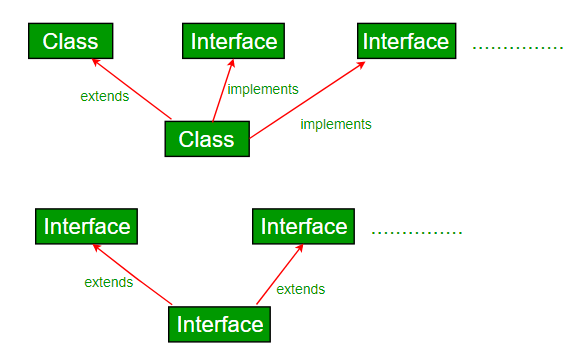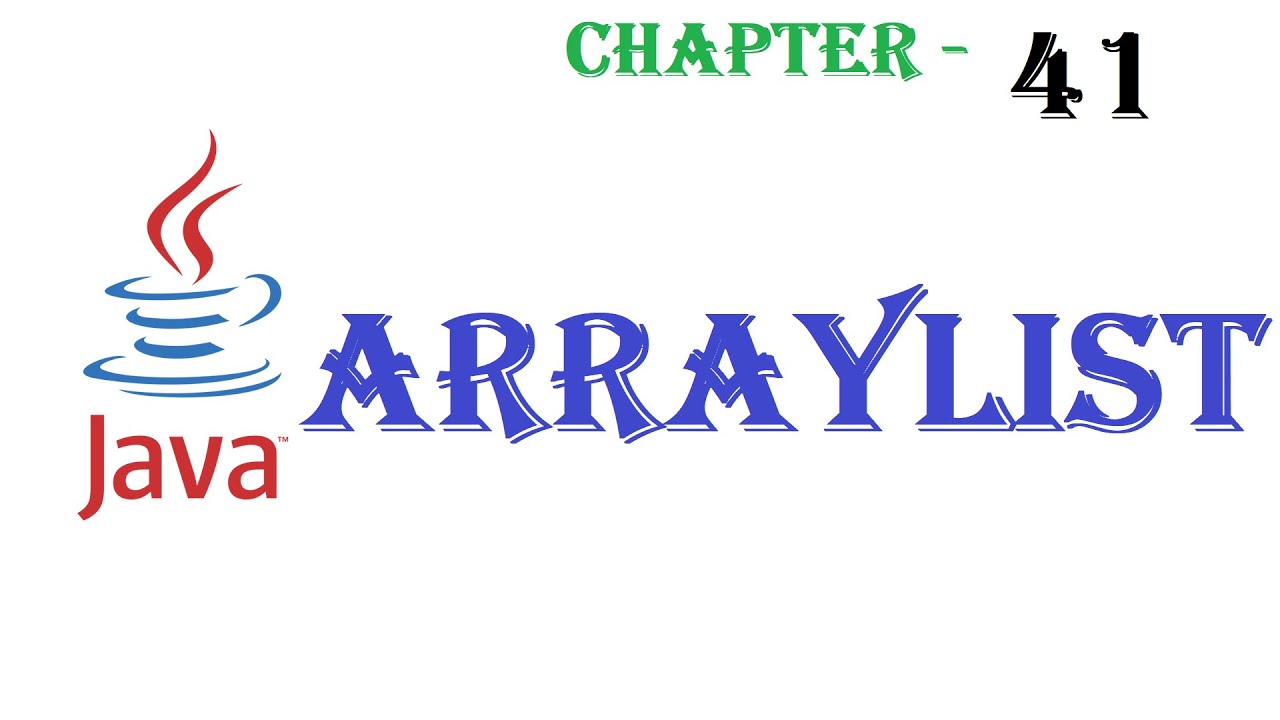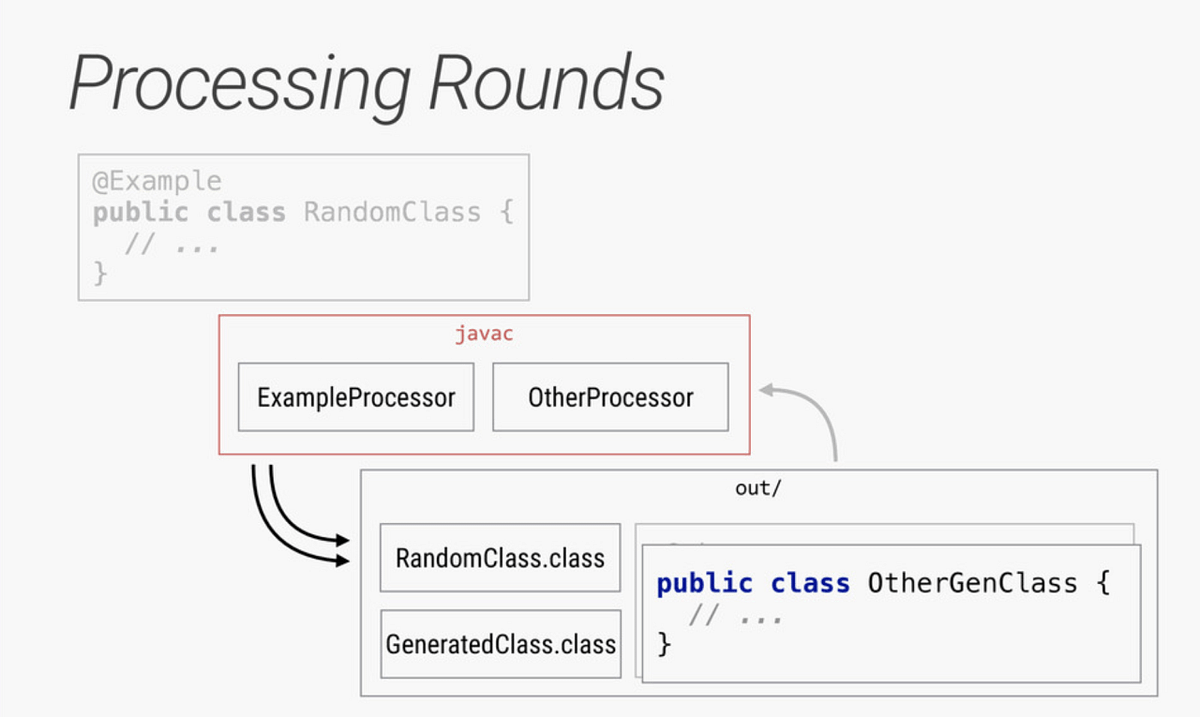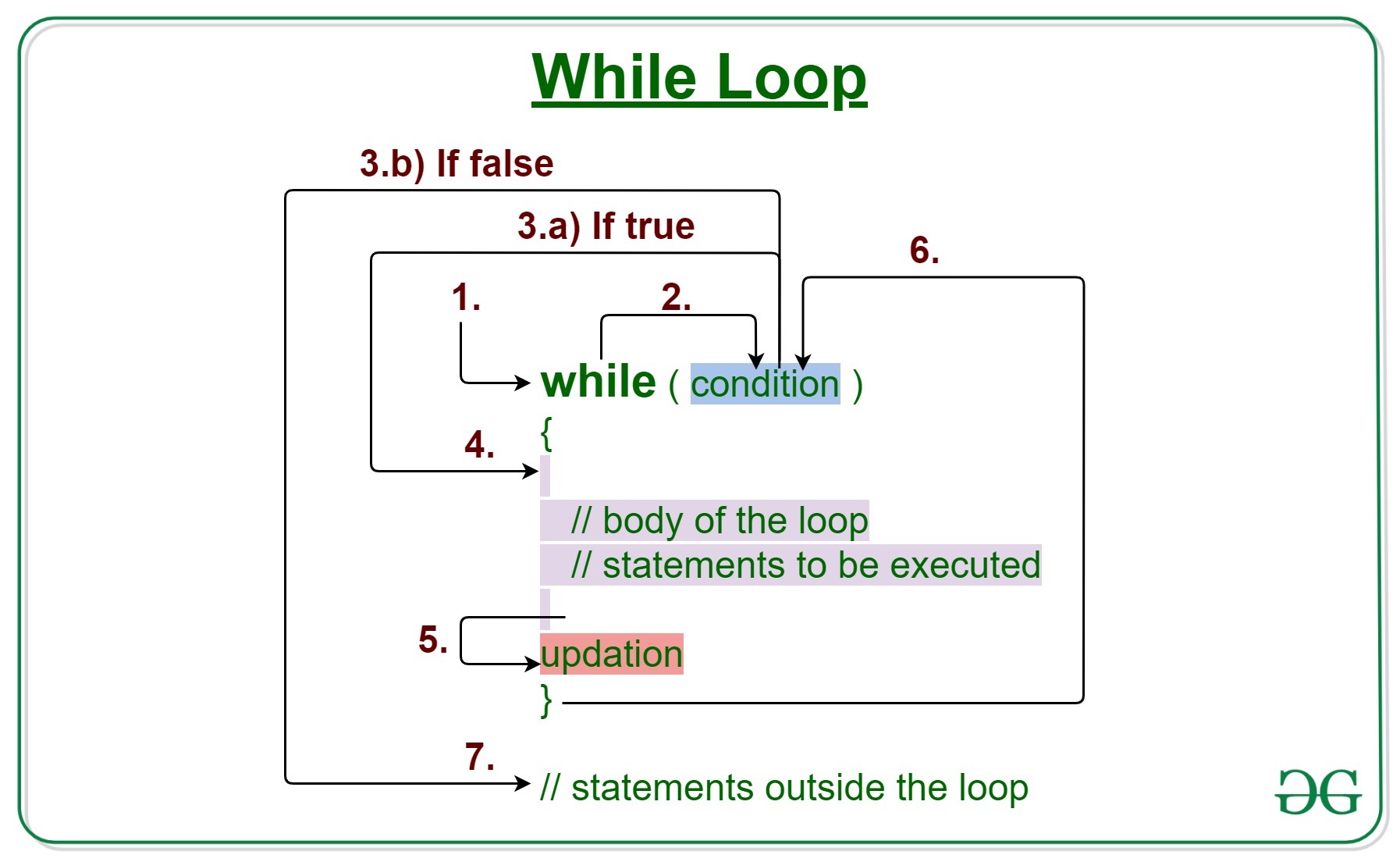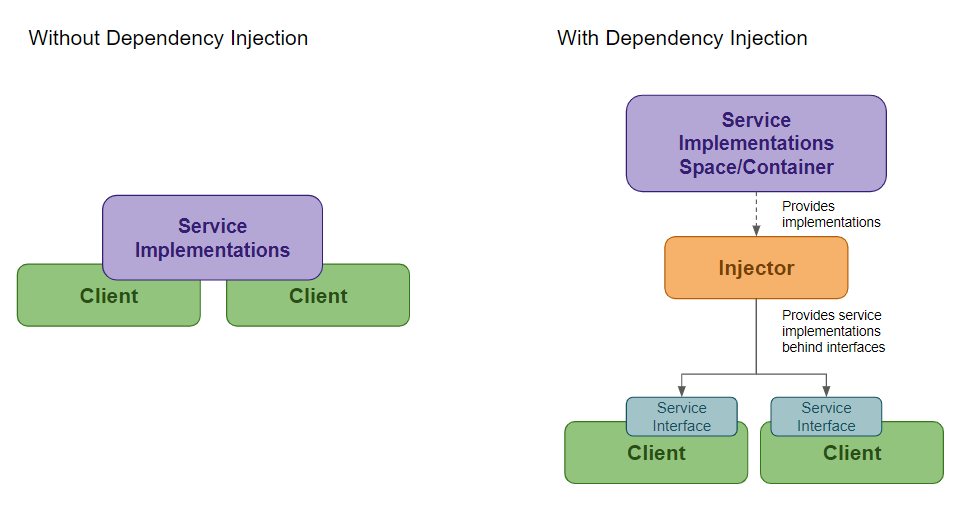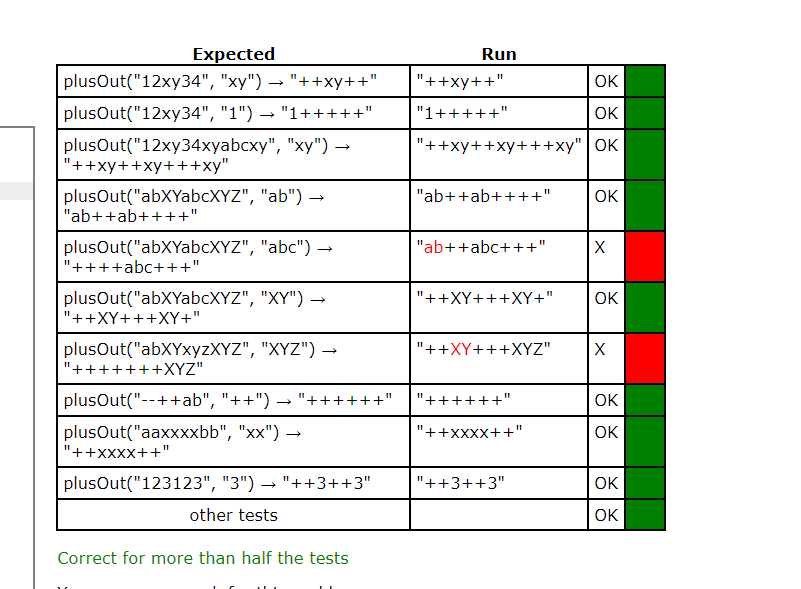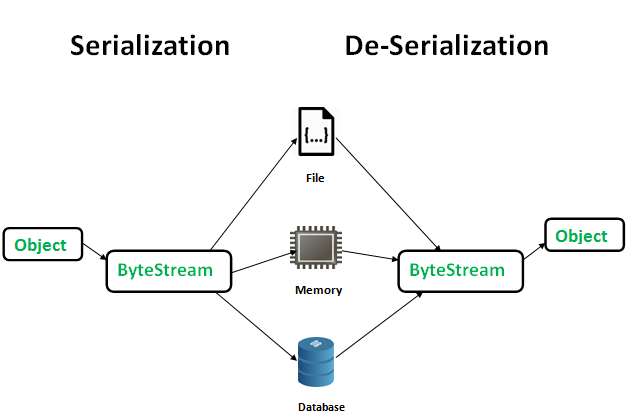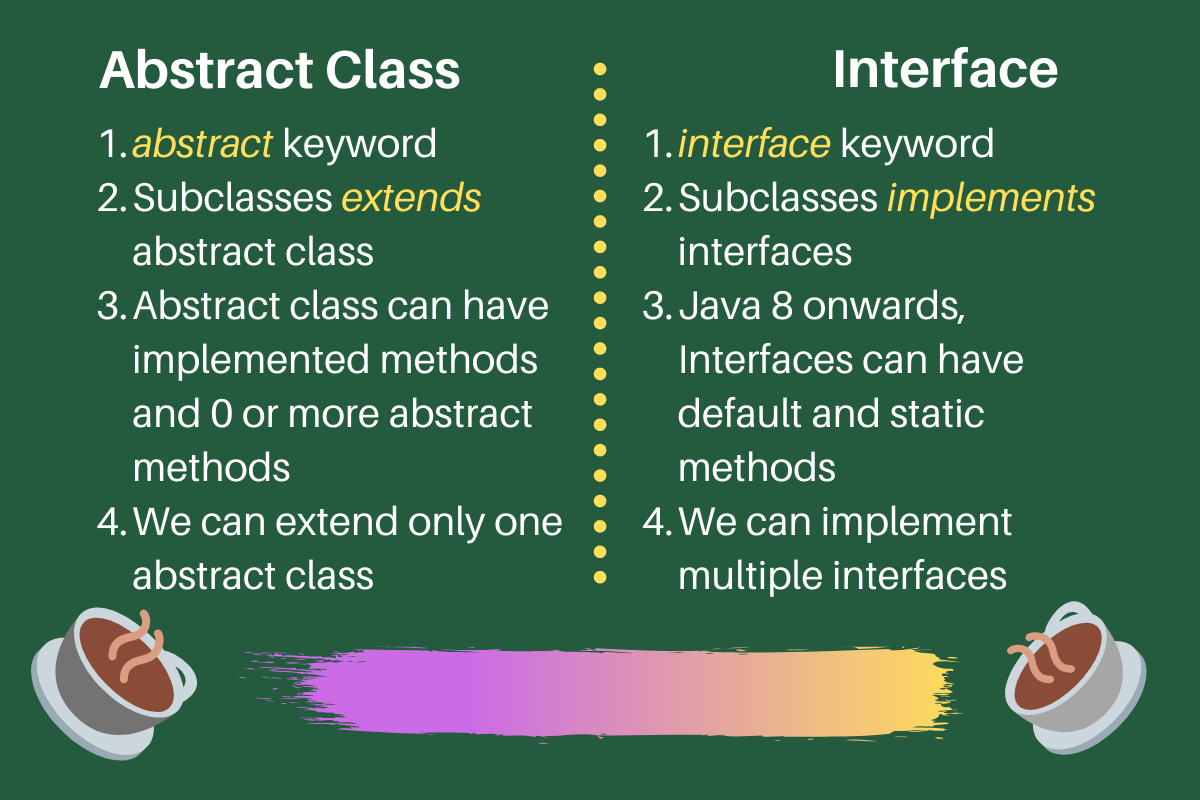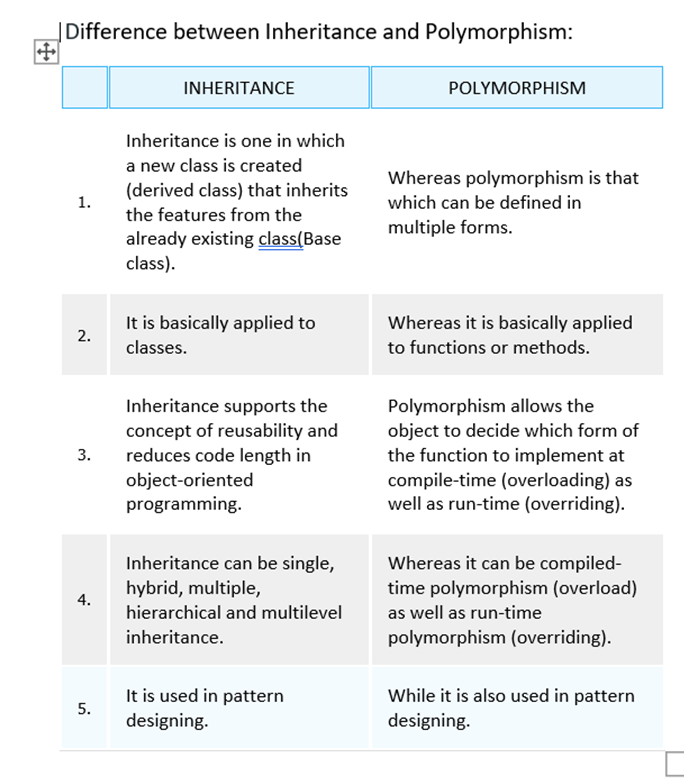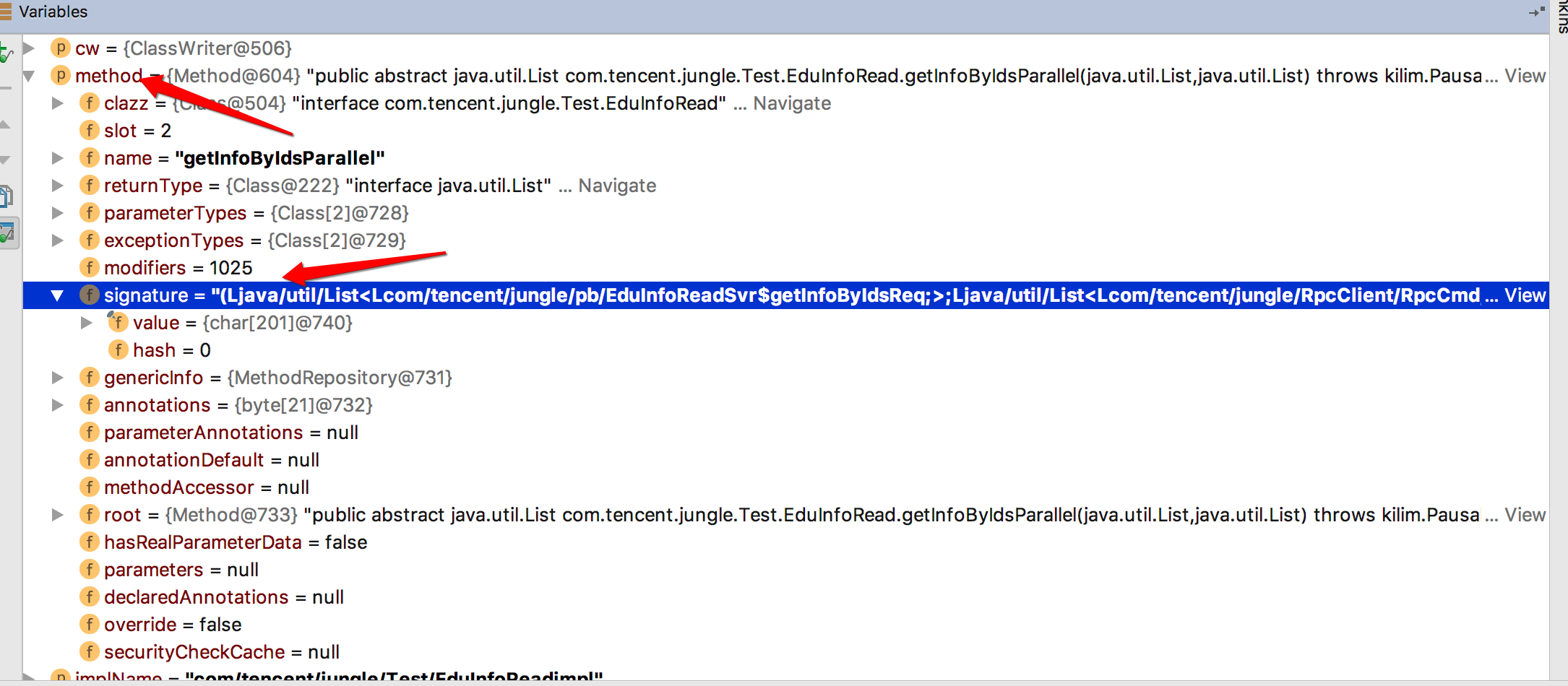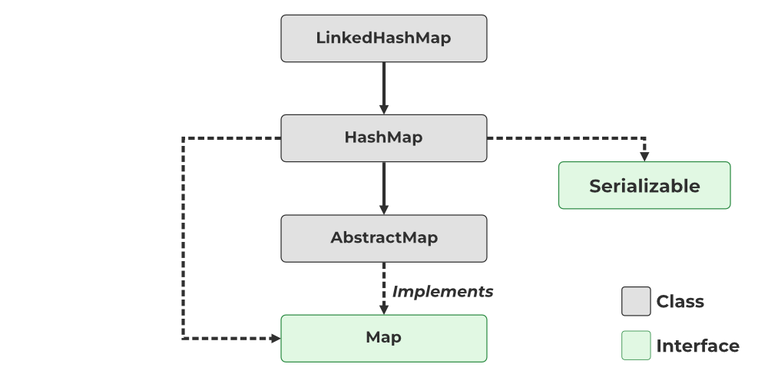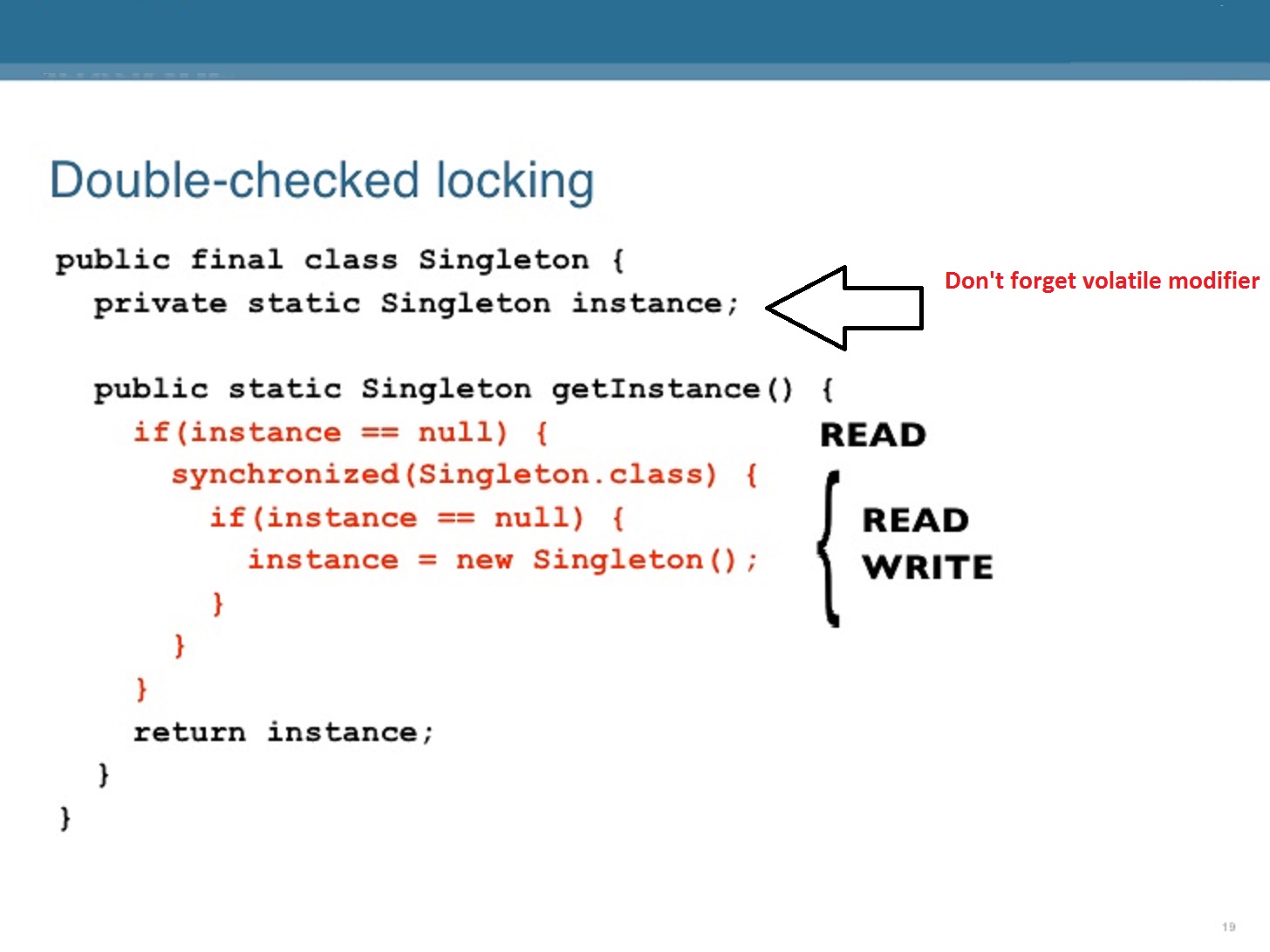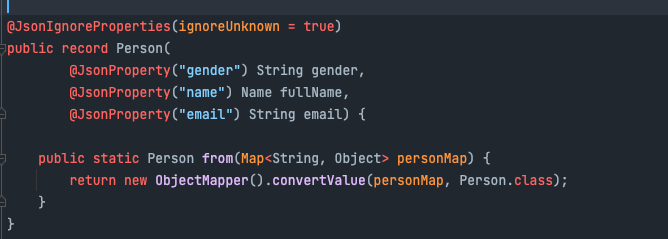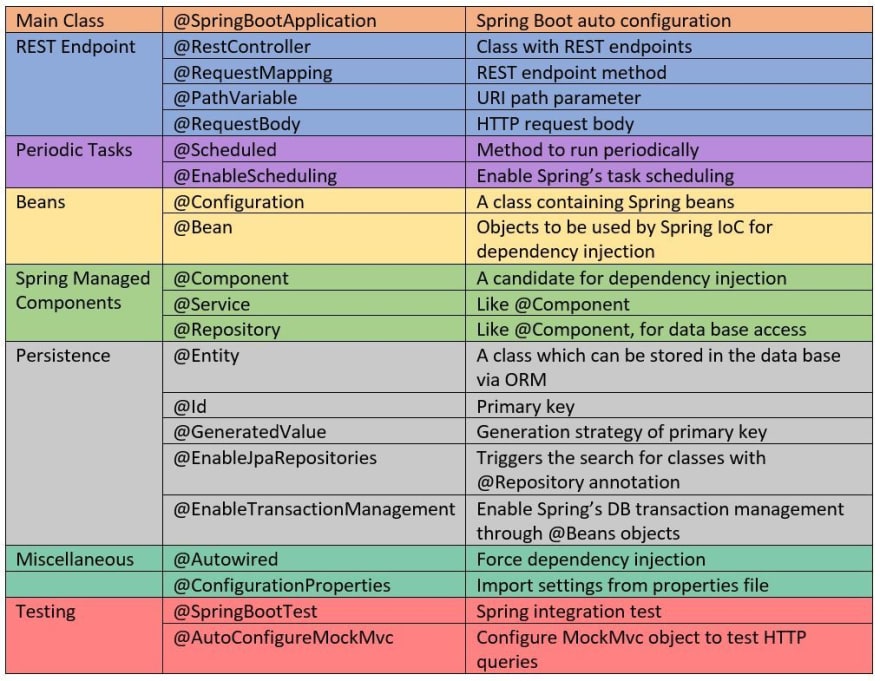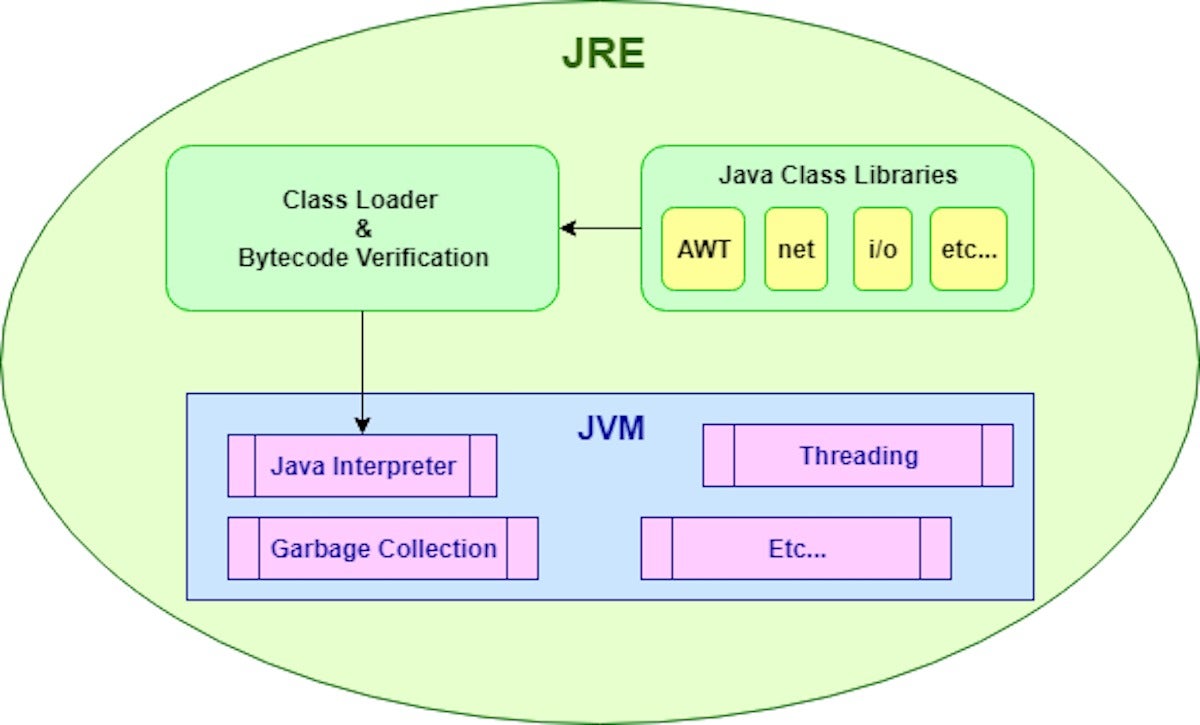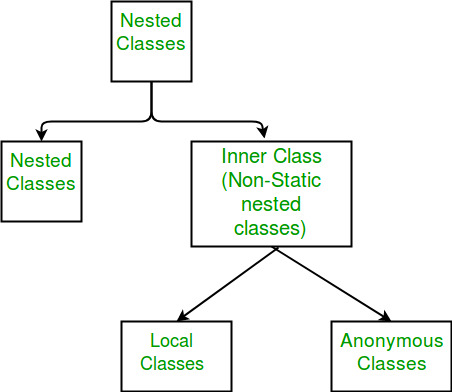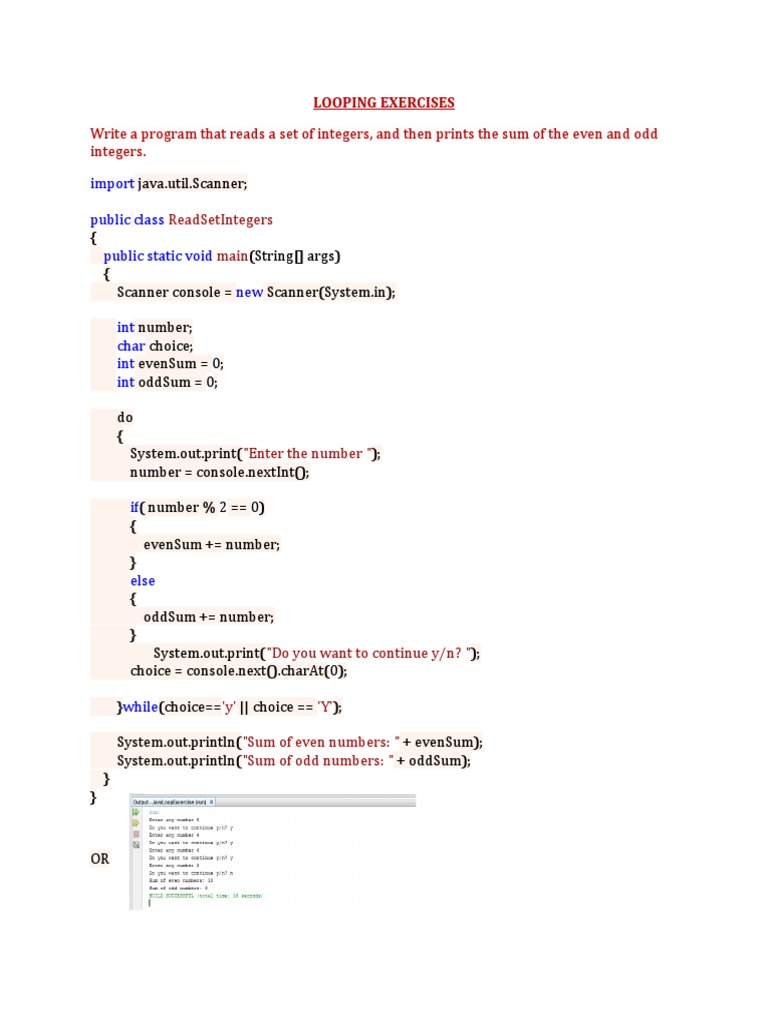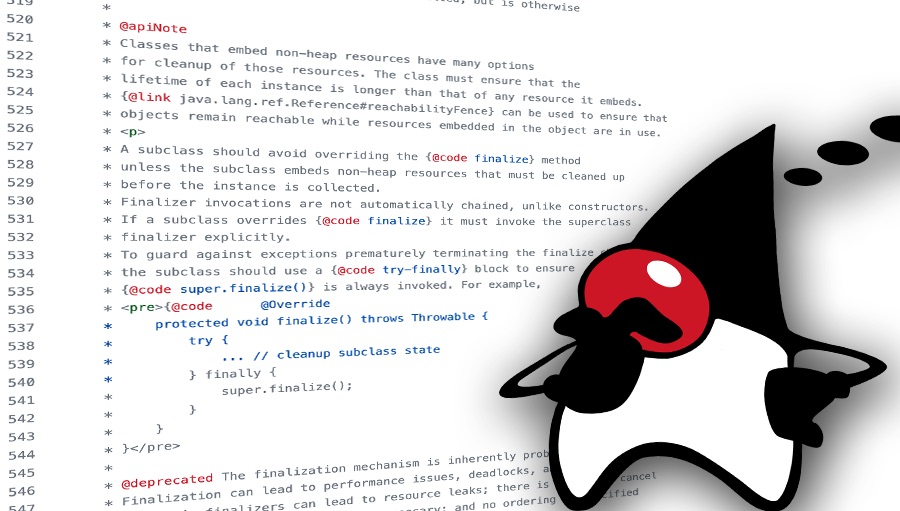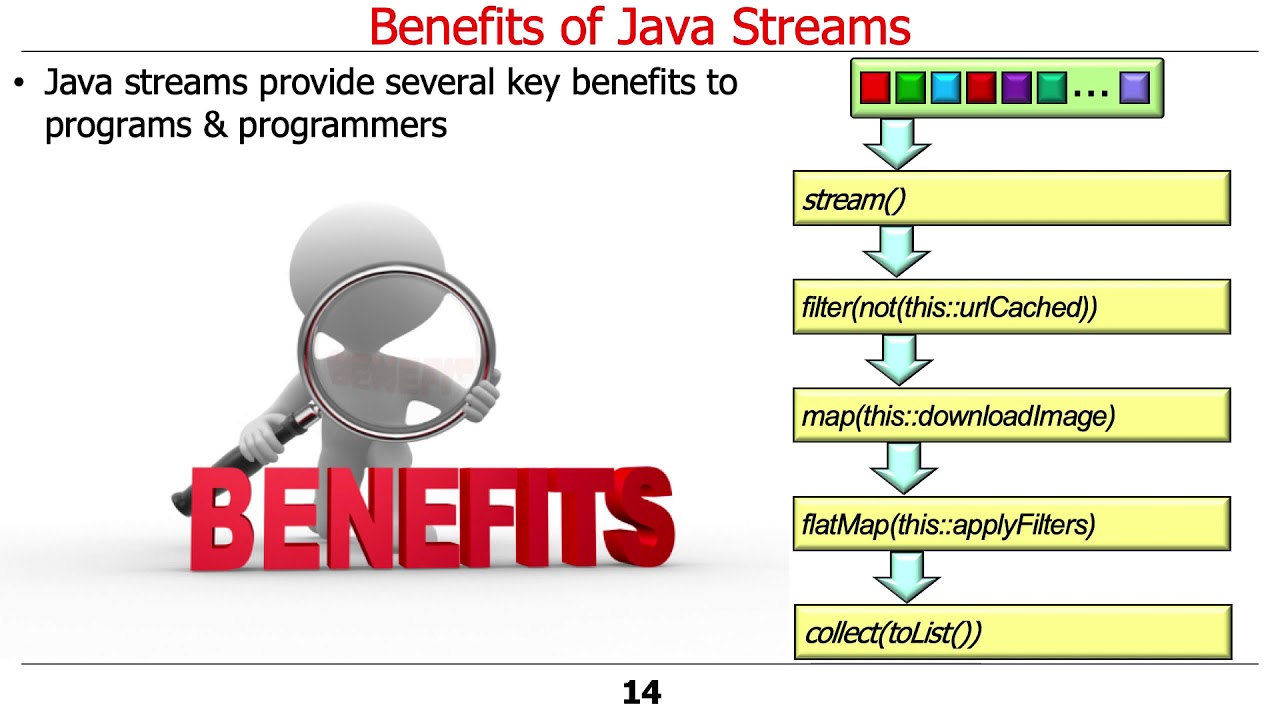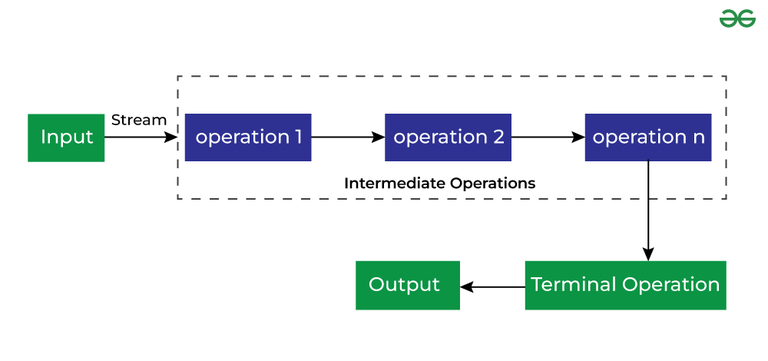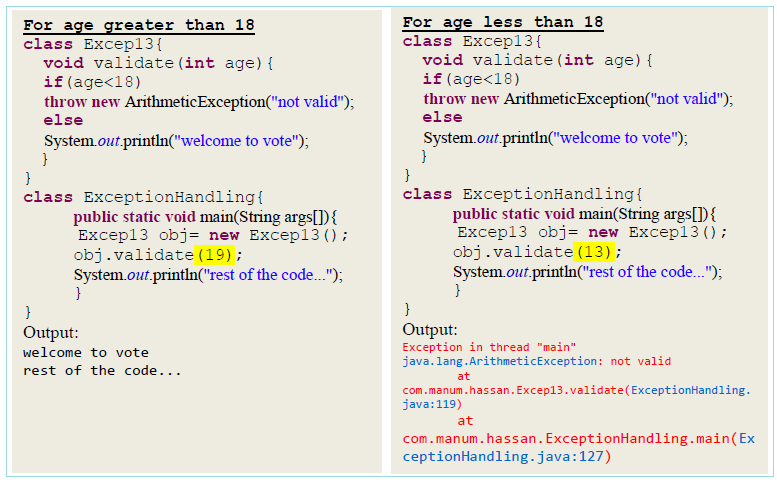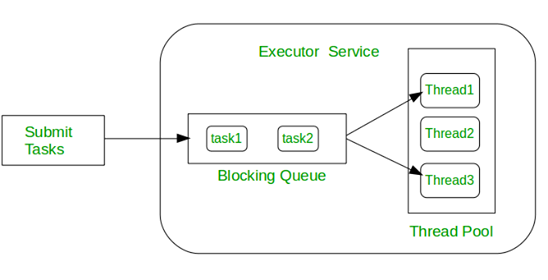dependency injection java geeksforgeeks
dependency injection java geeksforgeeks
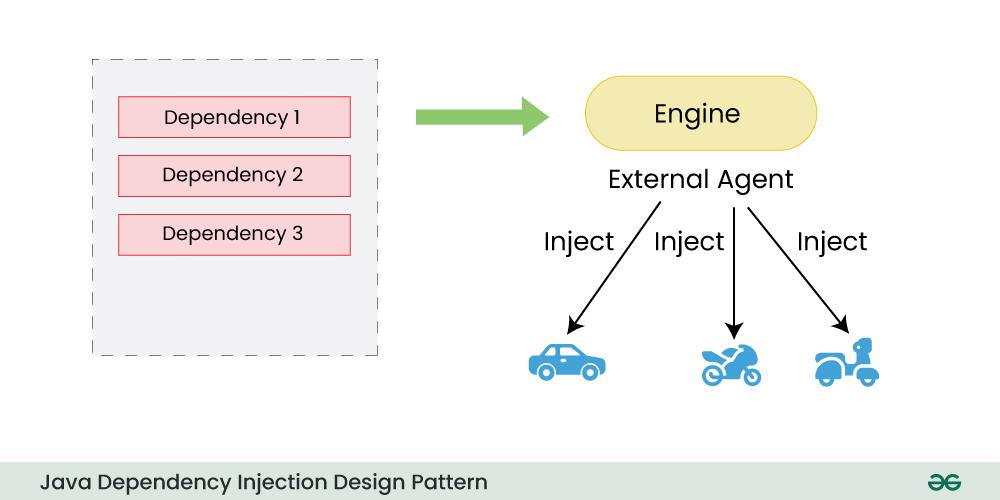
Dependency Injection in Java: A GeeksforGeeks Guide
As developers, we often find ourselves creating objects that depend on the existence of other objects to function properly. This can lead to tight coupling between these objects, making it difficult to test, maintain, and evolve our codebase over time. Dependency injection (DI) is a software design pattern that helps address this issue by decoupling dependent objects from each other.
What is Dependency Injection?
Dependency injection is a technique where one object provides another object with the dependencies it needs to function correctly. In other words, instead of an object creating its own instances of dependent objects, it receives these instances from an external source, often referred to as a "dependency injector."
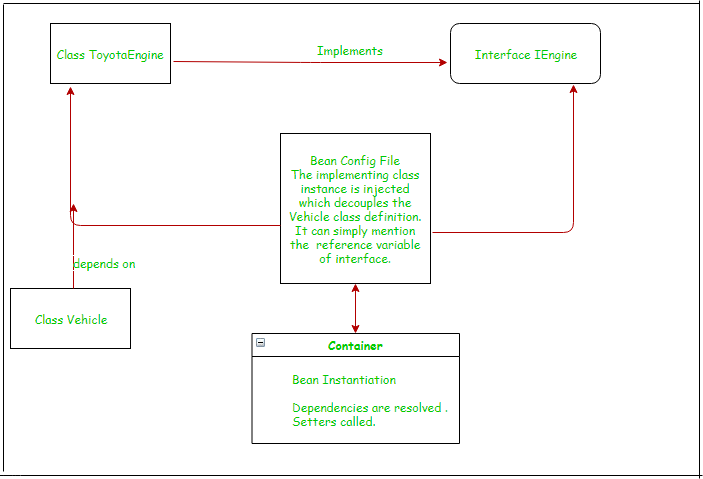
In Java, we can achieve dependency injection using various frameworks and libraries. One popular approach is to use constructor injection, where the dependent object is passed as an argument to the constructor of another object.
Constructor Injection in Java
Here's an example of how you might implement constructor injection in Java:
public class Car {private Engine engine;
public Car(Engine engine) {
this.engine = engine;
}
}
public class Engine {
// implementation details...
}
// Usage
Car car = new Car(new Engine());
In this example, the Car object depends on an instance of the Engine class to function. Instead of creating its own Engine instance, the Car object receives it as an argument in its constructor.
Setter Injection in Java
Another approach is setter injection, where a dependent object sets its dependencies through setter methods:
public class Car {private Engine engine;
public void setEngine(Engine engine) {
this.engine = engine;
}
}
public class Engine {
// implementation details...
}
// Usage
Car car = new Car();
car.setEngine(new Engine());
In this case, the Car object provides a setter method for its engine field, which is set to an instance of the Engine class.
Advantages of Dependency Injection
By using dependency injection in Java, you can enjoy several benefits:
Decoupling: Dependent objects are no longer tightly coupled, making it easier to test and maintain code. Testability: With DI, you can easily mock dependent objects for unit testing purposes. Flexibility: You can swap out different implementations of the same dependency without affecting the dependent object's behavior.Popular Java Frameworks for Dependency Injection
Some popular frameworks that support dependency injection in Java include:
Spring Framework: Spring provides a comprehensive DI framework, including constructor and setter injection. Google Guice: Guice is another popular DI framework for Java that supports both constructor and setter injection. Apache Commons: The Apache Commons project offers several libraries for DI, including thecommons-beanutils library.
Conclusion
In this article, we explored the concept of dependency injection in Java, a technique that helps decouple dependent objects and improves code maintainability and testability. We also touched on popular Java frameworks that support DI, such as Spring, Guice, and Apache Commons. By embracing DI, you can write more robust and flexible software systems that are easier to evolve over time.
What are the 3 ways of dependency injection in Java?
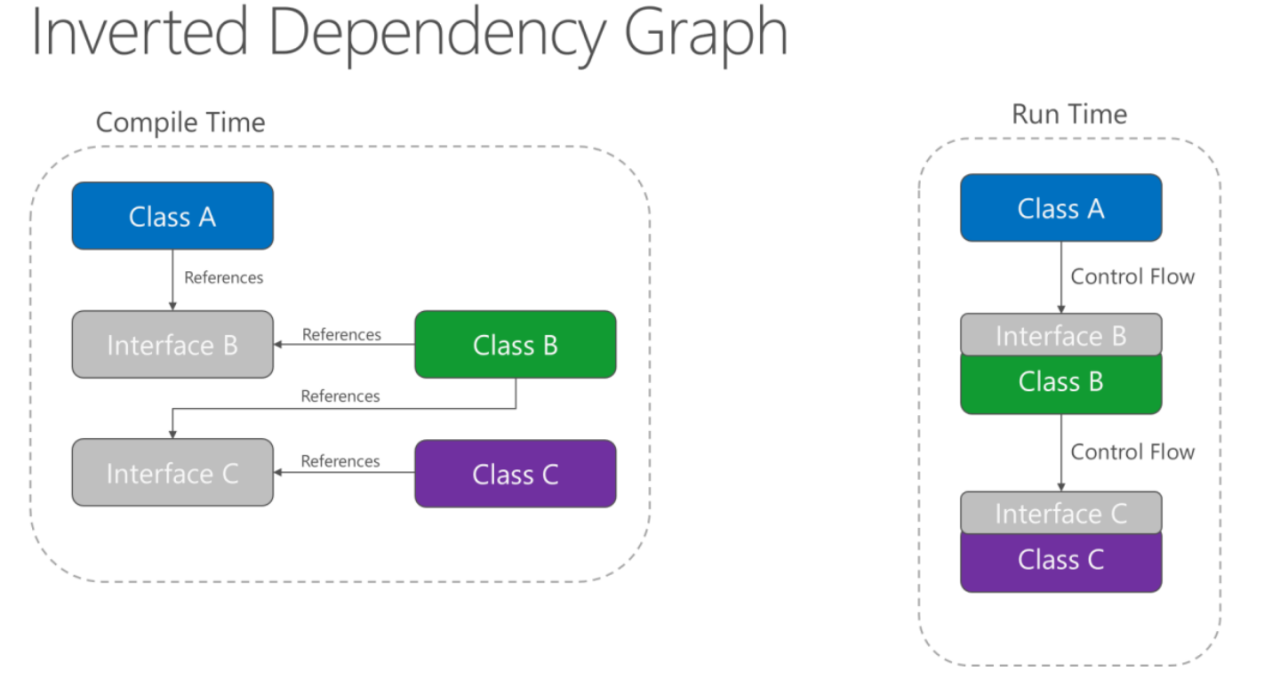
Dependency Injection (DI) is a software design pattern that allows components to be loosely coupled, making it easier to maintain and extend systems. In Java, there are three primary ways to implement Dependency Injection:
1. Setter Injection: This is the most straightforward approach. In setter injection, you create a separate object for each dependency, and then set those dependencies using setter methods on your target class.
Here's an example:
public class MyComponent {
private Service service;
public void setService(Service service) {
this.service = service;
}
}
You would typically inject the Service instance through the setService() method, like so:
MyComponent myComponent = new MyComponent();
Service service = new Service();
myComponent.setService(service);
2. Constructor Injection: This approach involves injecting dependencies through constructor parameters.
Here's an example:
public class MyComponent {
private final Service service;
public MyComponent(Service service) {
this.service = service;
}
}
When creating an instance of MyComponent, you would pass the required dependency as a parameter, like so:
Service service = new Service();
MyComponent myComponent = new MyComponent(service);
3. Method Injection: This approach involves injecting dependencies through method parameters.
Here's an example:
public class MyComponent {
public void doSomething(Service service) {
// Use the injected service here
}
}
When calling the doSomething() method, you would pass the required dependency as a parameter, like so:
Service service = new Service();
MyComponent myComponent = new MyComponent();
myComponent.doSomething(service);
In all three cases, the target class (e.g., MyComponent) is decoupled from specific implementations of dependencies, allowing for greater flexibility and maintainability.
It's worth noting that Java does not have built-in support for Dependency Injection. However, various frameworks and libraries, such as Spring or Guice, provide facilities for implementing DI in Java applications.
